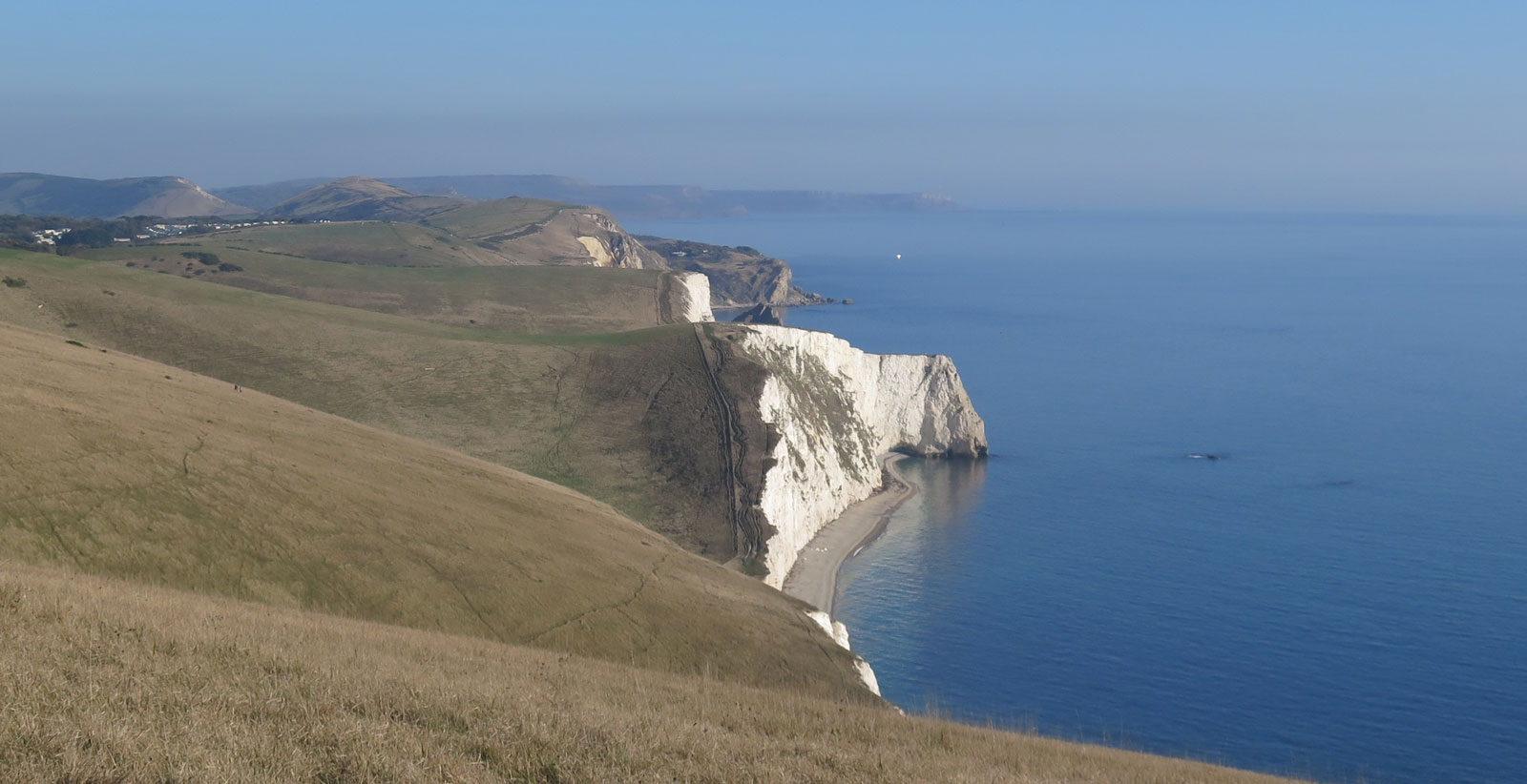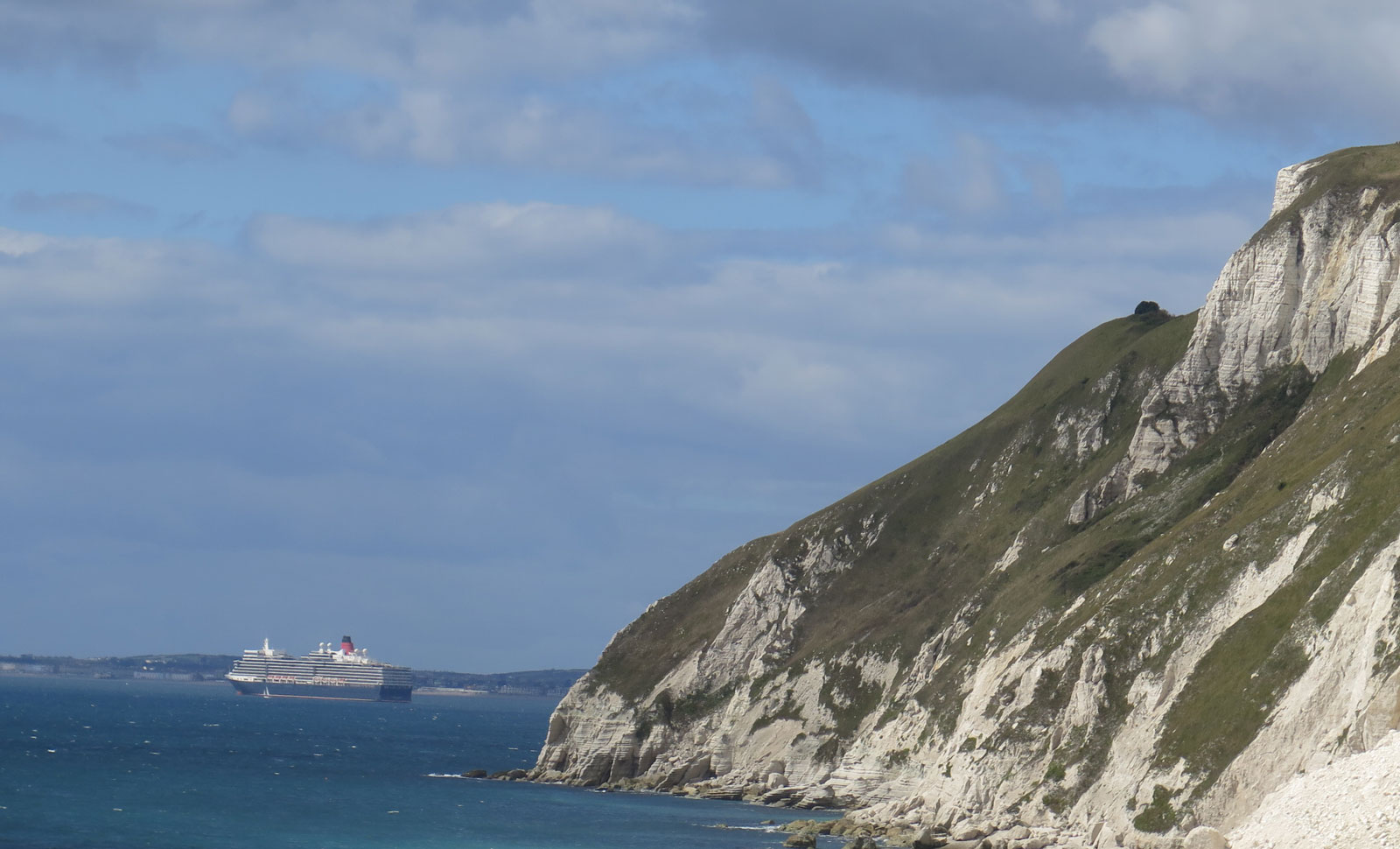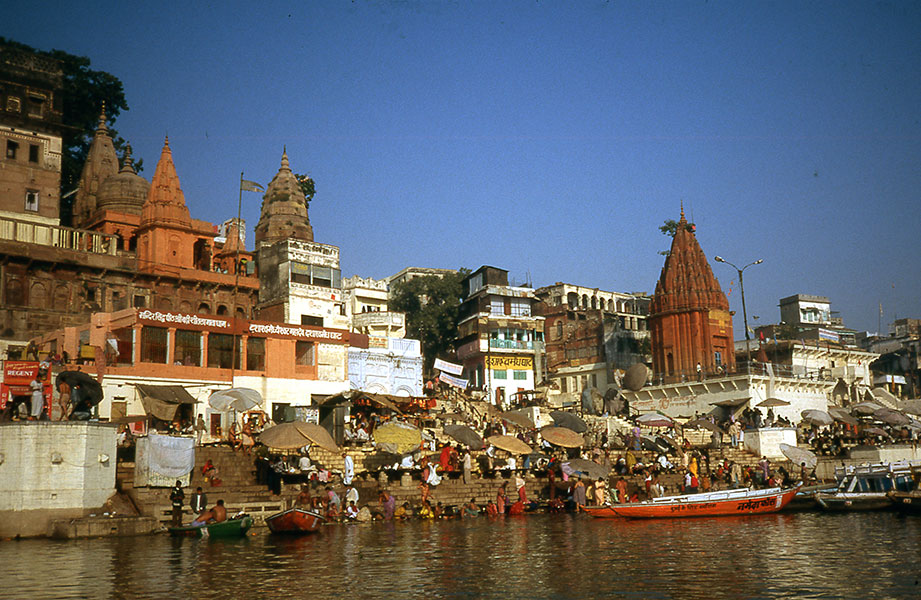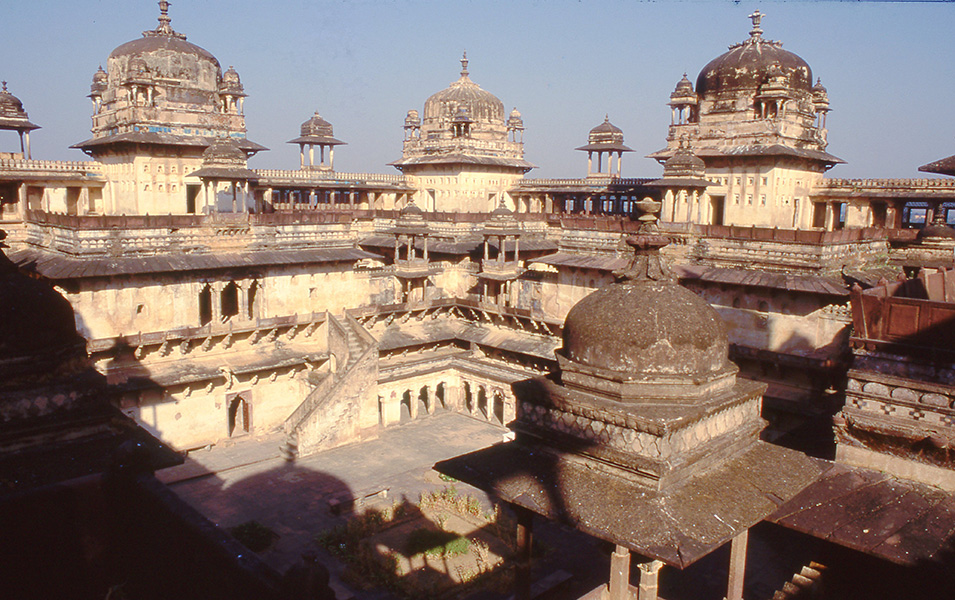21. A Walk To Weymouth 2
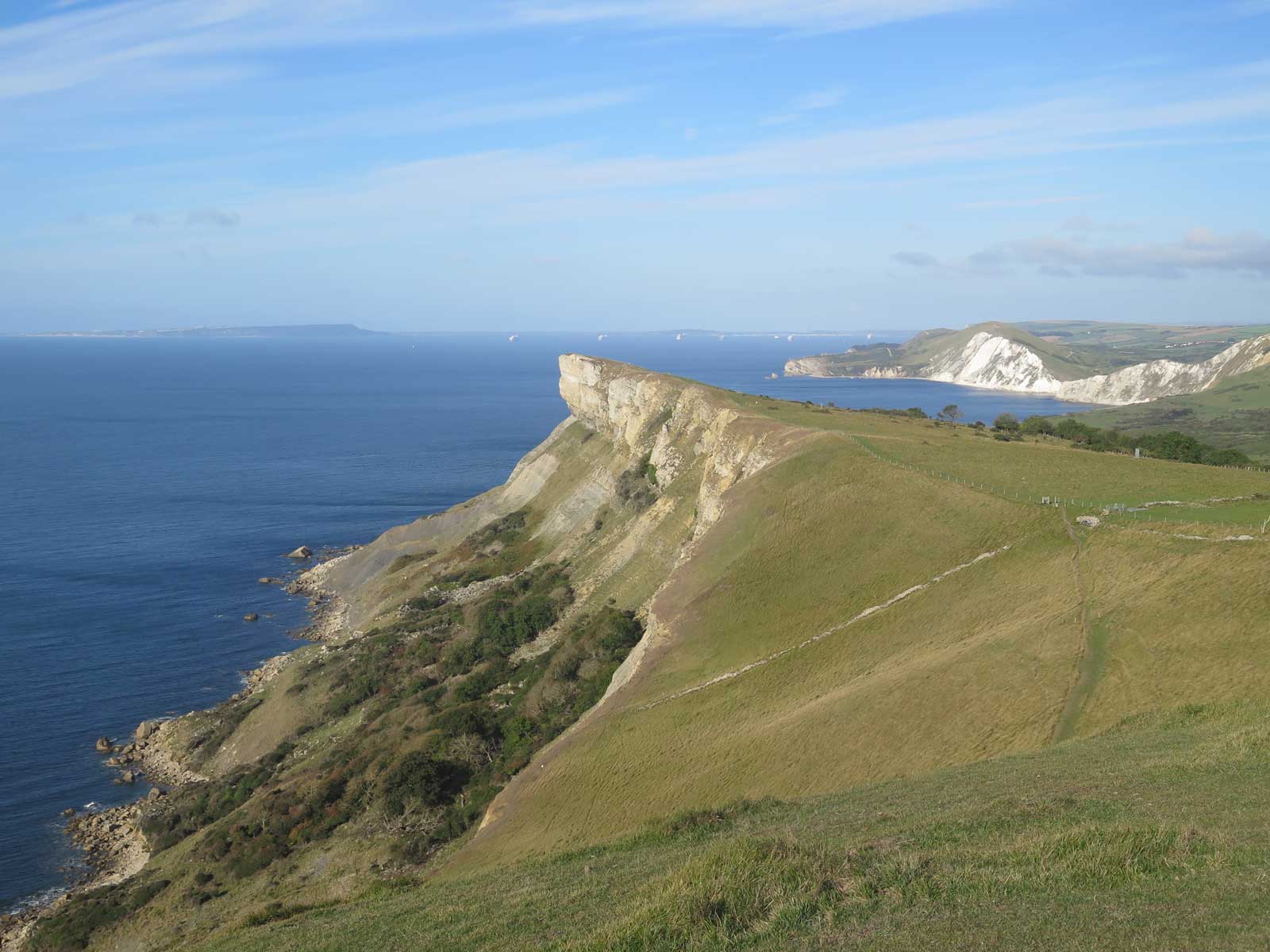
20. A Walk To Weymouth 1
September 10, 2020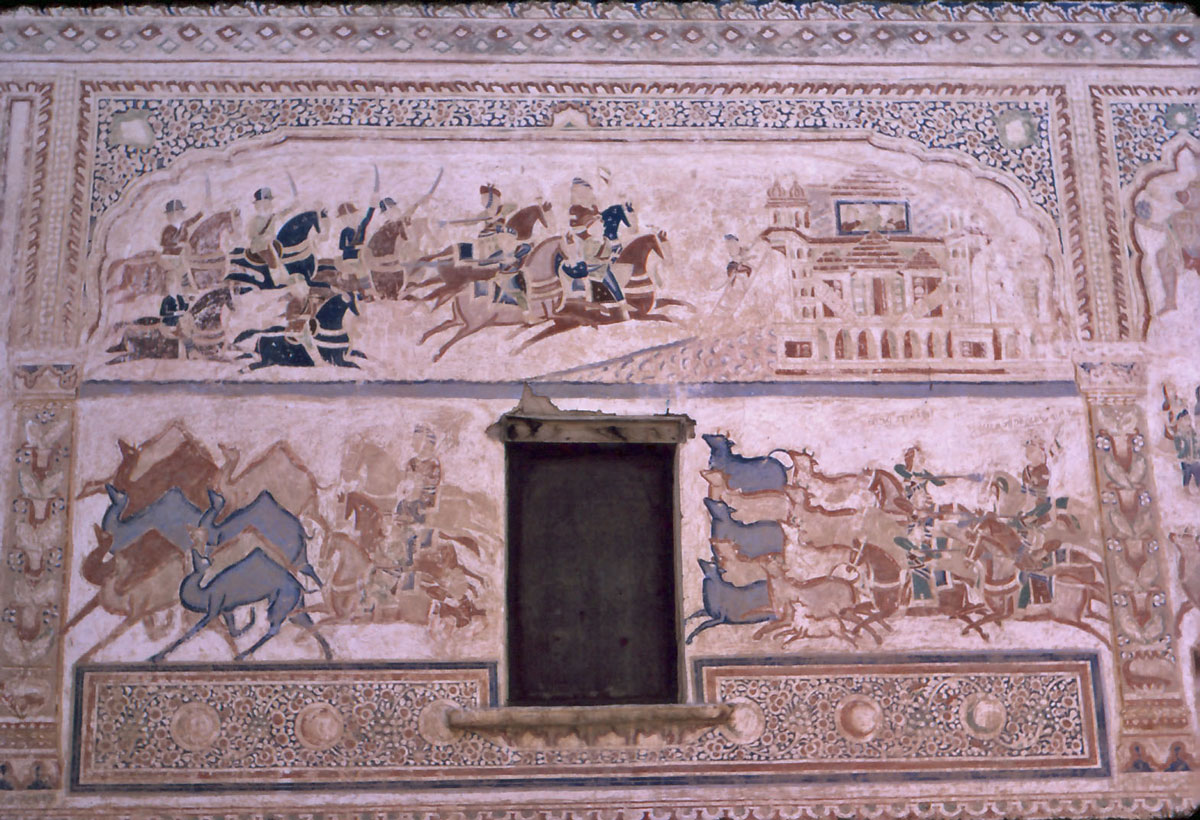
22. Half Forgotten Rajasthani History
September 24, 2020F rom Arish Mell and its little border stream another painful, steep ascent up Bindon Hill, leaving Purbeck into the rest of Dorset. Clearly visible in a photograph illustrating the previous blog, Bindon Hill breaks white onto the sea as chalk cliff. Near its summit comes a choice. One path descends beside that startling precipice to the lower, greyer limestone cliff passing above a fossil forest. There, boles of Jurassic trees, doughnut rings, rise from a rock ledge. That way leads onto the shingle beach of Lulworth Cove, a tourist attraction since 1789 when King George III took to staying an annual few weeks in Weymouth. A popular king, he would visit Lulworth and drink chocolate at The Red Lion. Bloomsbury folk, including Rupert Brook, used to stay at The Red Lion, now a private house.
But I digress; the other way leads straight on over the crest of the hill coming down into Lulworth's main street opposite a huge car park, usually fairly full. Some visitors head make for the cove but many, including a number of British Indians and Pakistanis, climb a long series of steps over a hillside to the great stone arch of Durdle Door. For some it is a pilgrimage since a recent Bollywood comedy, 'Housefull 3', was partly shot there. Left of those steps lie some smart houses, one designed by the famous architect – but can I remember his name? It narrowly evades me until I get home: Edwin Lutyens, who designed The Cenotaph and much of New Delhi!
Many walkers between Lulworth and Weymouth wear a green shirt blazoned white with 'Macmillan' – a famous cancer nursing charity. A woman tells me that day was chosen for their annual Jurassic Coast marathon, which was cancelled due to covid; many folk set off anyhow. All the walkers head to or from Durdle Door. I take a higher route only to find it diverted by barbed wire. Avoiding that dogleg, I climb over the fence and head directly for the next obstacle, the steep side of Swyre Head, then down again and steeper still up Bat's Head. This up and down landscape creates an appetite and, at the dip beyond, I stop for lunch on the cliff edge. The sun comes and goes, illuminating the bright, white cliff face where the impressive buttress of Fountain Rock appears damaged.
The last real ascent comes next, less abrupt than the short ones, rising to the summit of the tallest headland, Whitenothe. A higher path passes three small recesses each holding a pond snail carved in Purbeck marble, notoriously prone to decay. One has disintegrated completely, another partially; the third survives. There is a memorial, too, lettered to the writer, Llewellyn Powys, who lived nearby. Two Powys siblings, Theodore and Alice, also writers, settled in the nearby village of Chaldon alongside other writers, Valentine Ackland and Sylvia Townsend Warner and the carver, Elizabeth Muntz. She cut that lettering. Hilda and Mary Spencer Watson rode here from Dunshay in the 1930s, camped on the summit, to visit her and talk of sculpture.
I pause to photograph Whitenothe's grim red-brick coastguard cottages. Below seven cruise ships wait patiently for covid to pass. Another choice here: either descend a precipitous path to Ringstead Bay and trudge along the shingle beach or continue down a solider track past Holworth chapel. Both lead to Osmington. Having gone by Ringstead last year, I choose Holworth. Those ships lie on my left, unlit by the sun, with the odd island of Portland beyond tied to the mainland far west by a long, slender shingle spit. A light shower passes over, briefly veiling the view.
At Osmington the path is blocked by a little marriage party, bridesmaids with white posies, men in dark suits, and behind them the couple, she in a long red-amber dress, a white carnation decorating his suit lapel. Are they walking up to the chapel or to Osmington church to marry? Neither is close. I pass The Smugglers' Inn and make for the beach. The path is closed. A sign says there is no alternative route. There always is; I find it 50 yards away. Those signs are self-preservation: the local council lives in fear of 'sewage', an American lawyers' fashion, which has drifted across the Atlantic, encouraging legal action against anyone for anything then taking a generous cut.
The shore, while sidestepping the undulating land route, is hard going, rocky where not pebbles. It is questionable which is easier. One rock bed is rich in large, calcite bivalve fossils. Tired of the rocks, I take a path up Redcliff Point, on past a blue-decorated art deco resort at Bowleaze Cove into suburban streets rising to overlook the reedy lagoon of Lodmoor, a favourite with birdwatchers, attracting all manner of wading and water birds. The seafront road and promenade follows the gentle curve of Weymouth Bay to Melcombe Regis, where the king used to stay during his Weymouth visits. The walk has taken ten hours. A bus stop's lighted display shows that a bus to Swanage is due; tired, I wait.
Boarding, I sit behind two Chinese women taking videos from the front window, watch their screens to see what attracts them - not the striking white horse cut into the hillside, representing George III (and, scandalously, showing him going away from, not towards Weymouth), nor old village churches but the narrow, winding country roads. They get off at Lulworth. From the Dunshay stop I walk stiffly up the lane home and collapse thankfully into a chair, warmed by evening sunshine, beside the vegetable patch and take up a cold glass of cider.

